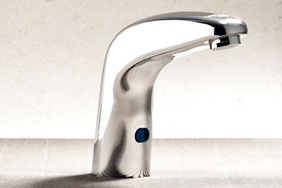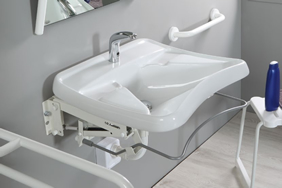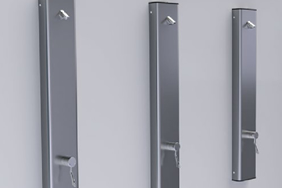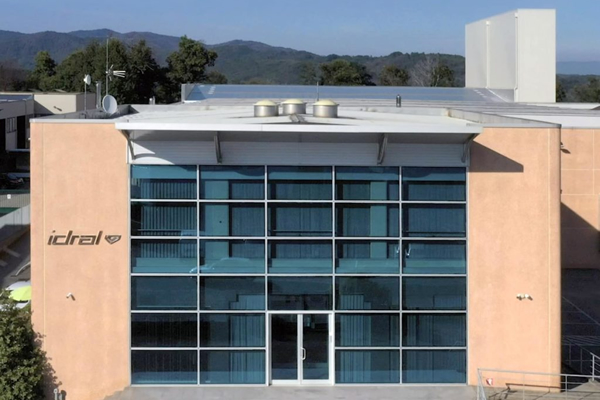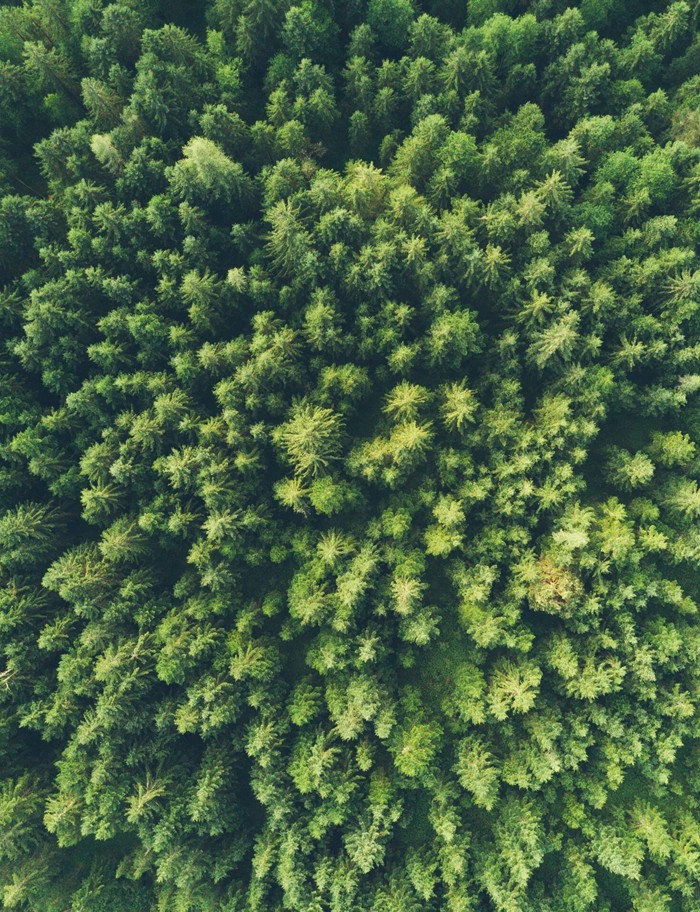
22 March is World Water Day, an anniversary established by the United Nations in 1992. The aim of this day is to raise awareness of the importance of managing this precious resource sustainably.
The growing demand for water resources and the effects of climate change make water an increasingly scarce commodity, with major geopolitical, social and economic effects.
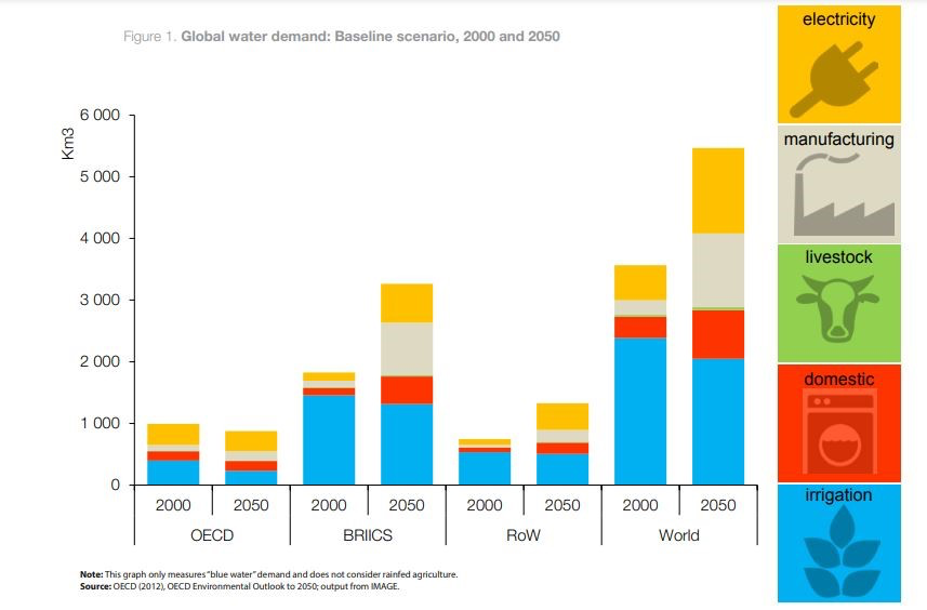
More and more water is needed. Water is essential not only for the survival of humans and other living species, but also for all economic activities. The OECD (Organisation for Economic Co-operation and Development) estimates that by 2050 water consumption will increase by 55% compared to 2000 levels due to growing demand for water resources for industry, agriculture, livestock, power generation and domestic use.
There is less and less fresh water available. There is less and less water available due to increasingly frequent drought periods.
The climate crisis is altering the frequency and intensity of rainfall, affecting the amount of water available, and periods of drought: the OECD estimates that by 2050, 40% of the world's population will live in areas of high water stress. The uncertainty of climate change also makes it difficult to plan water management policies based on historical rainfall patterns.
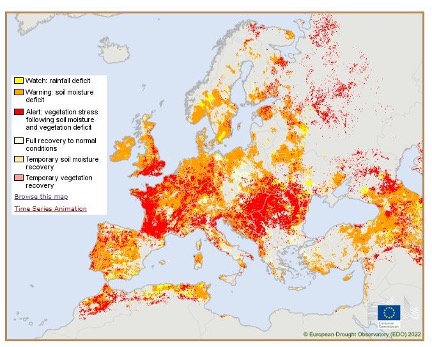
In EUROPE. The report 'Water Resources in Europe - Addressing Water Stress: An Updated Assessment' published in 2021 by the European Environment Agency (EEA) states that every year 20 per cent of Europe's territory and 30 per cent of its inhabitants are subject to water stress, a temporary or prolonged condition in which available water is not sufficient to meet local demand. The situation, the report says, could worsen in the coming years, also due to the consequences of the climate crisis.
A few months after the publication of the document, low rainfall and abnormal temperatures have caused widespread drought in almost all the countries of the European Union: according to the estimates of the European Drought Observatory (Edo), in August 2022, 60% of the European territory was in critical or extremely critical conditions due to drought.
IN ITALY. The year 2023 has just begun, but is showing worrying signs in terms of drought levels.
Lakes and rivers are suffering greatly, almost as dry as last summer, while there is little snow accumulated in the mountains. This is what is happening in Italy, in mid-February, thanks to higher than average temperatures, low rainfall and a climate crisis that looks no one in the face. The result is a new wave of drought, or rather a drought emergency that has never really ended, with watercourses reaching 'average' water severity status in three of the seven district authorities according to the latest bulletins issued by them in recent months.
We must begin to prevent the 'water emergency' that will increasingly characterise our territory by stopping thinking about it only when the damage has already been done. Starting in the coming months, in fact, the demand for water for agricultural use will be added to the current civil and industrial uses that are already suffering, and the national water demand will be unsustainable compared to the real availability.
Withdrawals in the various sectors and for the various uses must be reduced immediately before reaching the point of no return. Precisely for this reason, the government has set up a 'Working Table on Water Crises', which will have to address the problem, identifying all possible actions to combat water scarcity.
The current situation does not appear to be any different in neighbouring countries: from Spain to France, all the way to Turkey, we are witnessing a shared scenario of permanent water stress, such that in Southern Europe a state of structural drought is considered.
IDRAL's commitment to contribute to the change towards sustainability
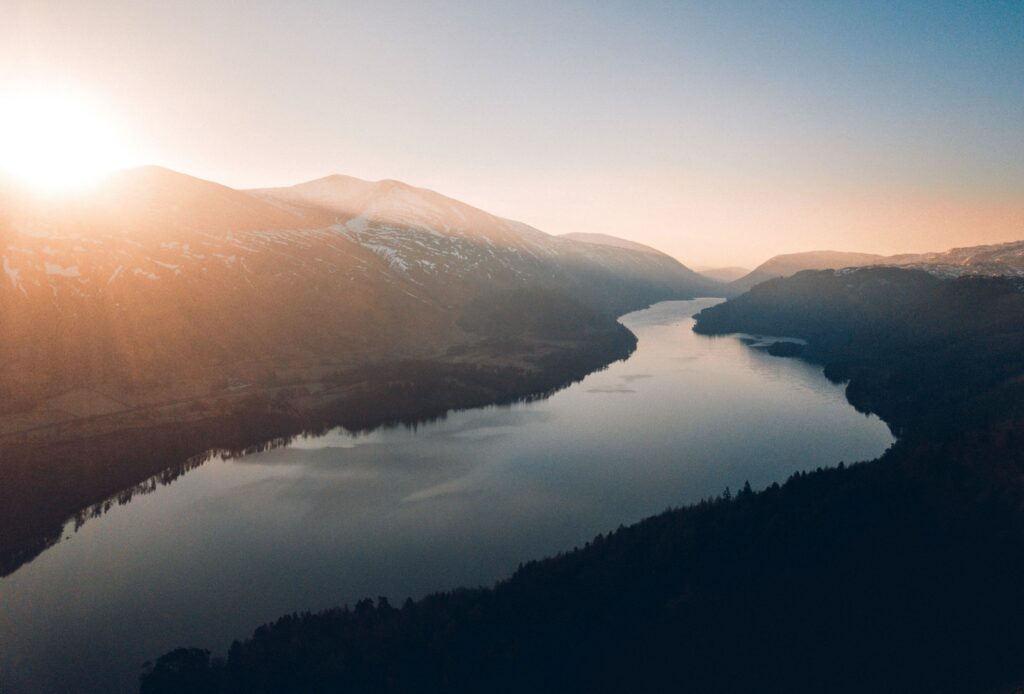
IDRAL's focus on water issues is an integral part of the company's ENVIRONMENTAL POLICY.
To cite a few examples of concrete actions undertaken by IDRAL:
- Adherence since 2014 to the WATER LABEL certification on products, as a tool for achieving the ECODESIGN Directive savings targets.
- 80% of production supplies products with reduced water flow.
- Closed-loopreuse of water used in industrial processes.
- Company toilets are all equipped with electronic taps and flushes with reduced water flow.
- Constant awareness campaigns among employees on the importance of rational water use.
Our commitment in the future will continue in this direction and we promise to keep you constantly updated on the activities undertaken and the goals achieved in this regard.
by Chiara Vasconi
Administrative Director





